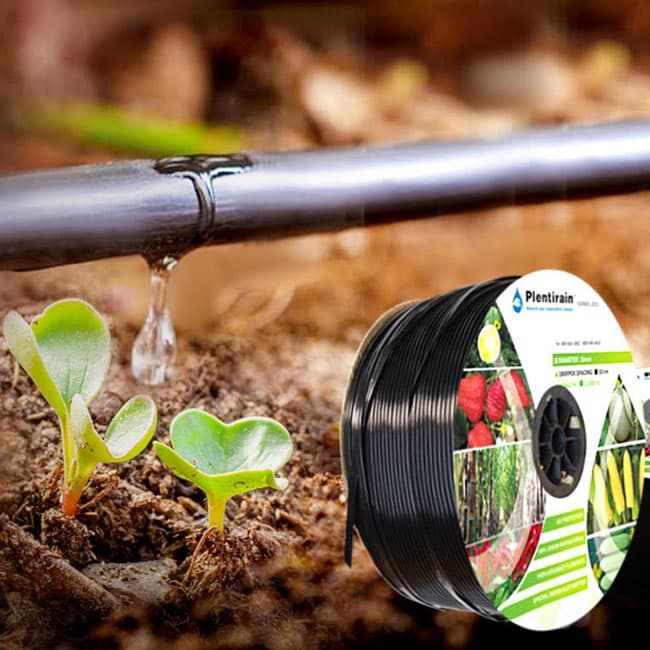Through this batch of articles, we will introduce the commonly used methods of fertilizing with drip tape, precautions and some basic knowledge of using drip irrigation systems.
Commonly used fertilization methods are gravity fertilization method, pump suction fertilization method, pump fertilization method, proportional fertilization method, bypass tank fertilization method, Venturi fertilization method, etc. The specific fertilization method to use should be selected to the detail site conditions of the plants and land. We strongly suggest to consult a professional irrigation engineer or agronomist.
Pump suction fertilization method: This is the method we are recommond, with a pump and filtration system, this method is simple, efficient, accurate and cost effective. Blow is the drawing of the method:
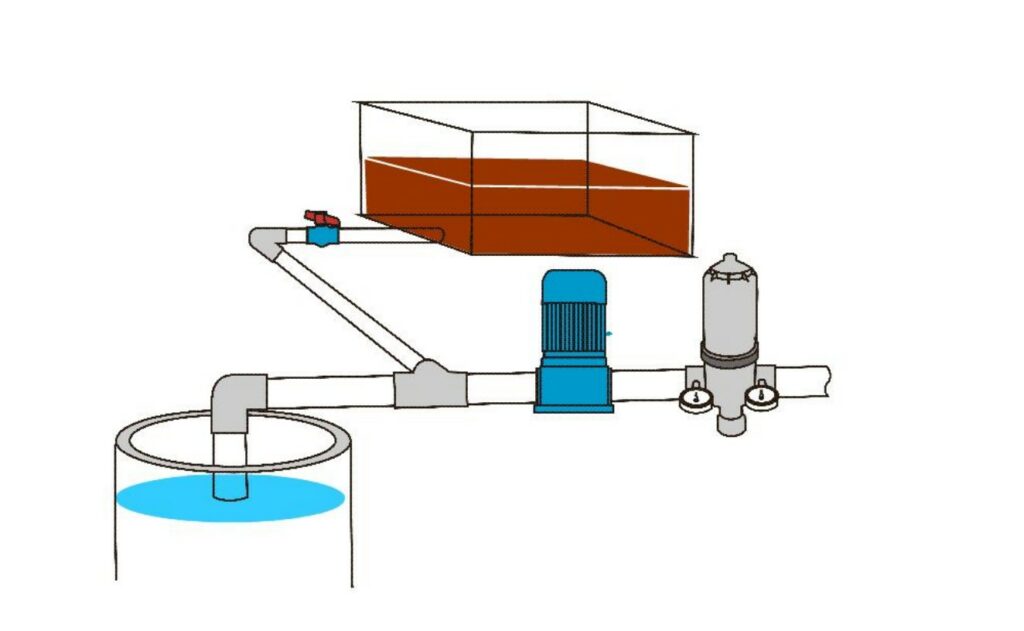

Pump injection fertilization method: With this method, a small pump should be adopted to inject the fertilizers into the system, it is also a suggested way, especially when you need to have several kinds of fertilizers to mixed together. It is very convenient to control the fertilizer concentration
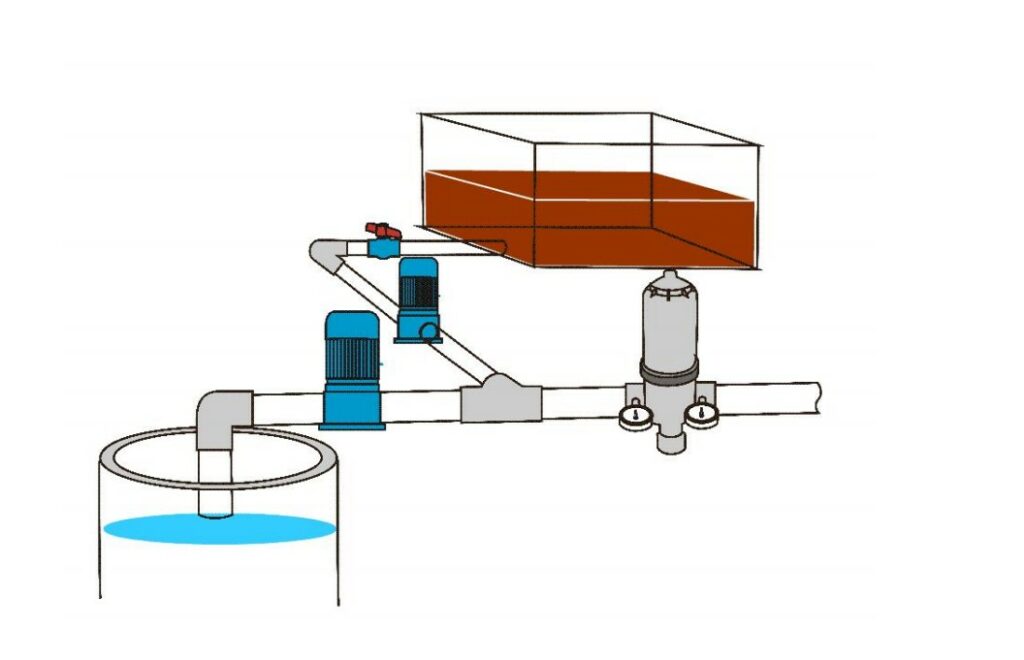
There are two methods we don’t suggest to use any more, one is use the Fertilizer tank and the other one is to use Venturi Fertilization kit.
With the Fertilizer Tank, it is uneven and low efficiency to use the fertilizer tank, and big cost of human labours. And with the Venturi fertilization kit, it will cause big pressure loss to the irrigation system which means more power are wasted (30%~70% pressure loss).
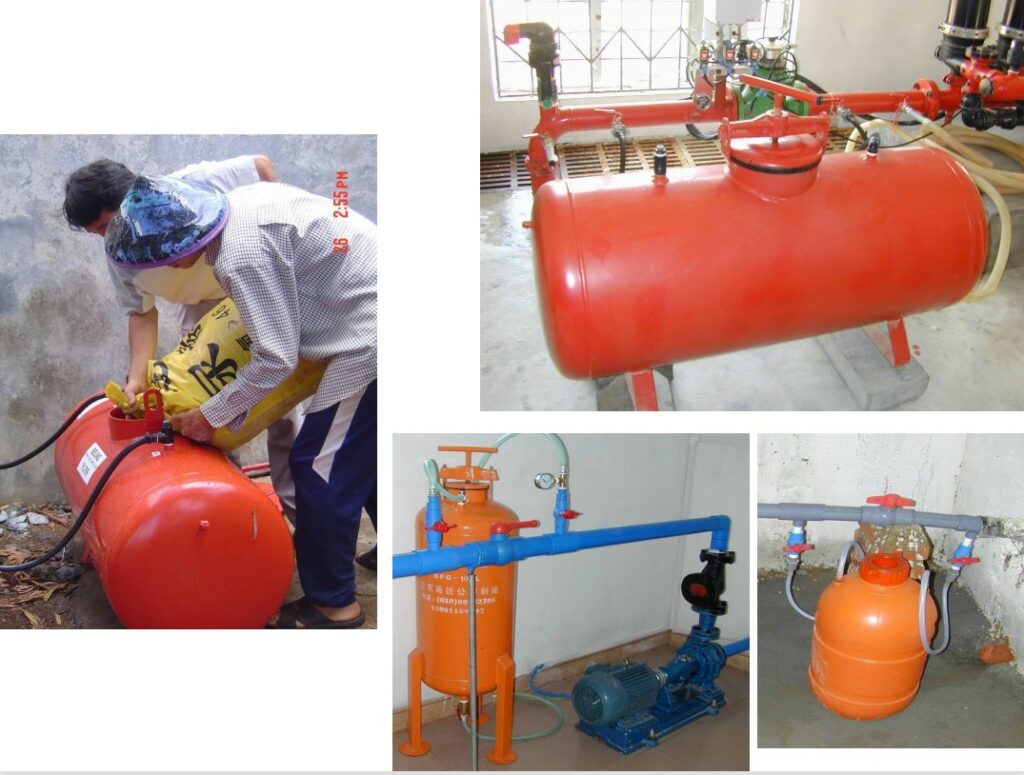
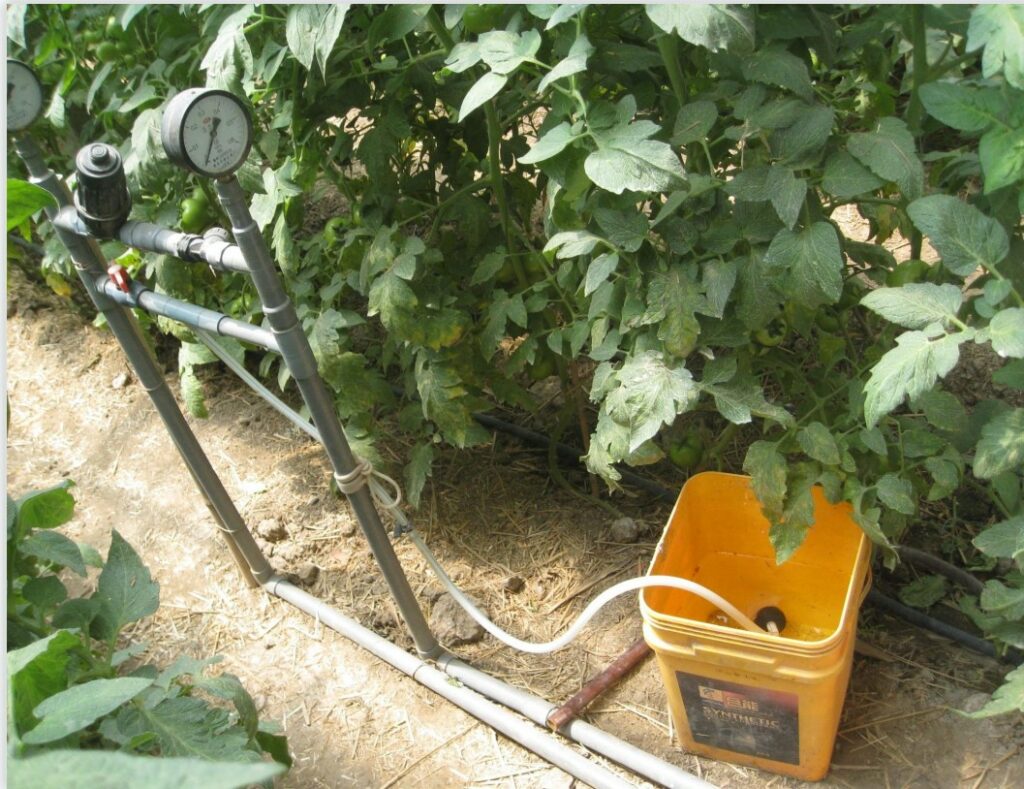
The biggest concern is over-irrigation. Many users always feel that drip tape drips too little water, and they are not at ease. As a result, the irrigation time is prolonged. One consequence of prolonged irrigation time is wasting water, and another consequence is that nutrients that are not absorbed by the soil are leached below the root layer, wasting fertilizer. The irrigated area is in a state of hypoxia, which affects the activity of plant roots to absorb nutrients. And prone to anaerobic reaction, resulting in the decomposition of fertilizers.
Especially nitrogen leaching (fertilizer rinse). Usually, water-soluble compound fertilizers contain urea and nitrate nitrogen, which are the most easily washed away. Excessive irrigation often presents symptoms of nitrogen deficiency, yellowing of leaves, and stunted plant growth.
Generally, before injecting the fertilizer into the drip irrigation system, the drip tape or drip pipe should be filled with normal irrigation water. The time for fertilizering should be controlled strictly to ensure the water will not go below the root area. It is wrong to think that the fertilization is the longer the better. One reason is that the fertilizer that flows below the root zone is wasted, and the other reason is that when irrigate, the irrigated area is in a state of hypoxia, which affects the activity of plant roots to absorb nutrients. And prone to anaerobic reaction, resulting in the decomposition of fertilizers.
After fertilization, continue to drip water for 10 minutes to half an hour to discharge all the residual fertilizer in the pipeline. Many users do not wash the tube after dripping fertilizer, and finally algae and microorganisms grow on the dripper, causing the dripper to be blocked. The exact time of dripping water can be monitored with a conductivity meter.
It is therefore important to know the depth of the root distribution of the crops being managed. The easiest way is to dig through the root layer with a small shovel to see the depth of the wetting, so you can judge whether there is excessive irrigation. Or put tensiometers in the ground to monitor the depth of irrigation.
Principle: Wet only the root layer. Make sure the soil is moist throughout the growing season.
